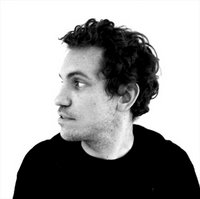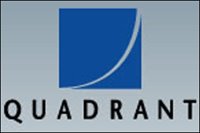071213_Honeycomb_Cushion
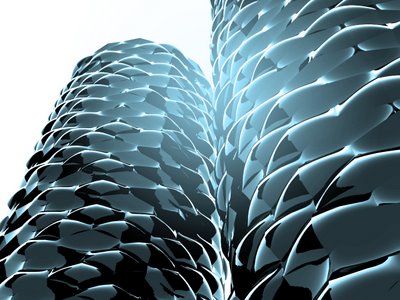
Fast track SOM "tooling": developed within the same frame work than "070720_SOM_Rhinoscripting_Class" - the code has been rapidly twiked in order to generate Honeycomb "cushions"; applied onto a primitive geometry type of host - here onto a cylindre - all the cushions are the exact same, except for their orientation: randomly inward or outwoard (therefore two moulds would still be required)
REFERENCE:
Somehow - within that generic test - the bump effect displayed here calls for an obvious references to Herzog and Demeuron's Prada building (though diagrid - glass) or Munich stadium (once more diagrid - inflated ETFE cushions)
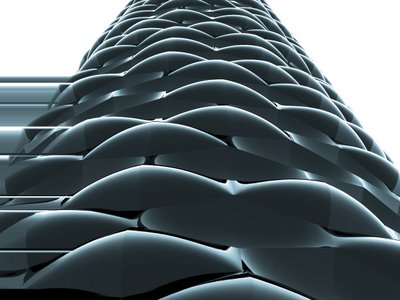
PARAMTERS:
- honeycomb vertices in a row
- honeycomb vertices in a column
- depth for the "cushion"
- target percentage for the random number of cushions oriented outward or inward
"SIDE TRACK": ETFE (ie: wikipedia.org)
ETFE (Ethylene Tetrafluoroethylene) is a fluorocarbon-based polymer (a fluoropolymer): a kind of plastic. It was designed to be a material with high corrosion resistance and strength over a wide temperature range.
An example of its use is as pneumatic panels to cover the outside of the football stadium Allianz Arena or the Beijing National Aquatics Centre - the world's largest structure made of ETFE film (laminate). The panels of the Eden Project are also made of ETFE and the Tropical Islands have a 20.000 m² window made of this translucent material.
ETFE is commonly used in the Nuclear Industry for tie or cable wraps. This is because ETFE exhibits excellent mechanical toughness and a chemical resistance that rivals Polytetrafluoroethylene (PTFE). In addition, ETFE exhibits a high-energy radiation resistance and can withstand moderately high temperatures for a long period of time.
Examples of brand names of ETFE are Tefzel by DuPont, Fluon by Asahi Glass Company and Texlon by Vector Foiltec.
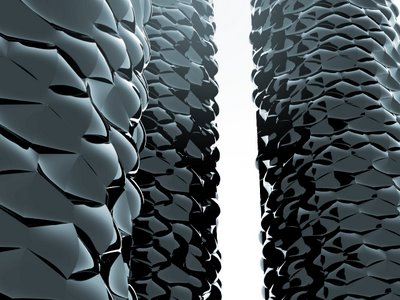
Labels: cushion, ETFE, honeycomb, rhinoscript, rvb
